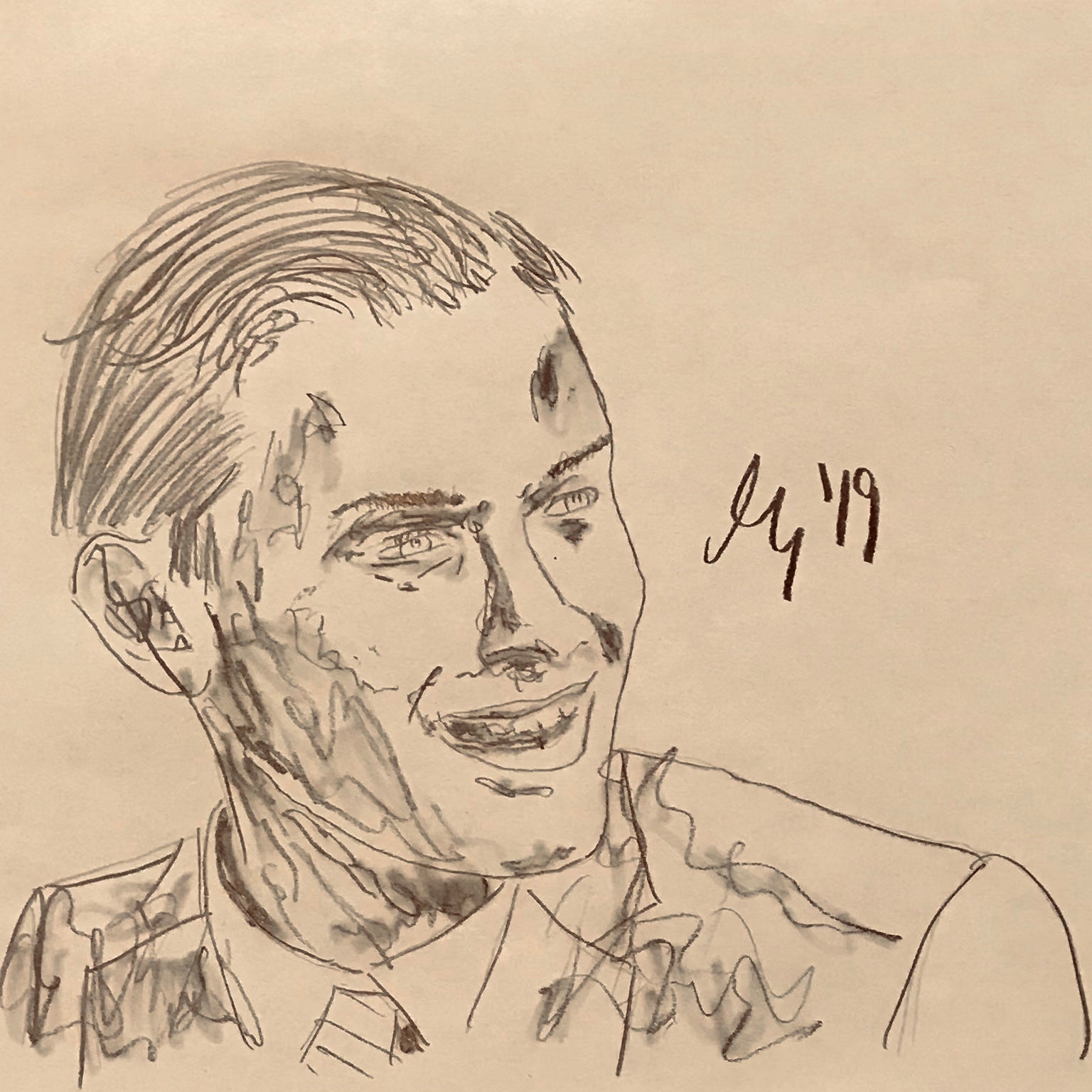
Silver Screen Revisited: Dickie Greenleaf (The Talented Mr. Ripley, 2000)
by admin
·
“Dickie Greenleaf?!”
“Who’s that?”
“It’s Tom… Tom Ripley!”
“Tom Ripley?”
“We were at Princeton together.”
“Okay… did we know each other?”
“[…] Well… I knew you! So, I suppose you must have known me.”
This lie is the true starting point of the whole drama in Anthony Minghella’s 2000 adaptation of Patricia Highsmith’s The Talented Mr. Ripley. The impoverished pianist Tom Ripley – played by Matt Damon – has been hired by Dickie’s father Herbert Greenleaf (patriarch of an American shipbuilding dynasty) to bring Dickie – played by Jude Law – back to the United States from Mongibello (a fictional city in Italy). Ripley uses his considerable talents for deceit to gain Dickie’s trust and that of his partner Marge Sherwood.
We will allow you to discover the rest of the story for yourselves. Our focus today will be on the clothing worn by the inimitable Dickie Greenleaf.

Dickie Greenleaf
Dickie Greenleaf is living the dream, sunbathing on the Riviera with a beautiful and intelligent partner at this side, and, bank-rolled by his father, generally doing whatever he pleases. Tom Ripley is our point of entry into the story and, as such, we are presented much of this world through his eyes. Tom is conflicted between his desire to be Dickie and his hatred for Dickie’s way of life. This influences our perception of Dickie. He knows he is attractive, and will allow those attracted to him to join in with his fun, but only until he grows bored of them. Once that happens, he will not hesitate to drop people like an old sock. Furthermore, he knows he is in a position of power and will not abide any criticism.

What Dickie’s clothing tells us
Dickie wears his clothes like he lives his life: Without a care. Once Tom Ripley begins to imitate Dickie’s dress, it is exactly this attitude of nonchalance that is missing; he simply lacks Dickie’s panache. Even the beautiful bespoke clothing (by Battistoni no less) can’t hide Tom’s shortcomings in this regard. This underlines a key tenant that we often preach: Personal style cannot be faked. Tom will never quite be Dickie, even if he wears his clothes. Costumer designer Anna Roth employed a number of different techniques to achieve this effect.
Dickie’s wears a blend of formal and casual elements. He knows the rules. However, as a Greenleaf, he doesn’t need to follow them. As such, while all of this clothing fits his body, it doesn’t seem to follow any code of formality. We see an example of this in Rome, where Dickie wears a light blue regimental tie with a white formal shirt and a bespoke club blazer (so far so good) but combines these elements with wide light-grey linen trousers, white espadrilles, and a black porkpie hat. When at this leisure (and when is he not at his leisure?), he wears polo shirts, shorts, Gucci loafers, and expensive jewellery. Dickie seemingly dictates the level of formality. This allows him to create his own unique style. He doesn’t give a damn about social validation.

Dressing Dickie Greenleaf
Dickie needs a broad wardrobe of summer basics for his life in Italy. We would recommend a dinner suit cut from midnight-blue mohair for evening wear, a mid-grey double-breasted fresco suit for more formal daytime events, and combinations of linen or mohair trousers, and a hopsack blazer or linen sports coat for more casual occasions. Long-sleeved linen, giro inglese, jersey, and chambray shirts would complement all of these. For the combinations, we would recommend sticking to classic colours such as brown, beige, sand, egg-shell, light-grey, and navy for trousers and sports coats. The same applies to shirts, although a pastel or two would not go amiss. With regards to finishing touches, we won’t waste the time; he wouldn’t follow our advice anyway. MM/DC